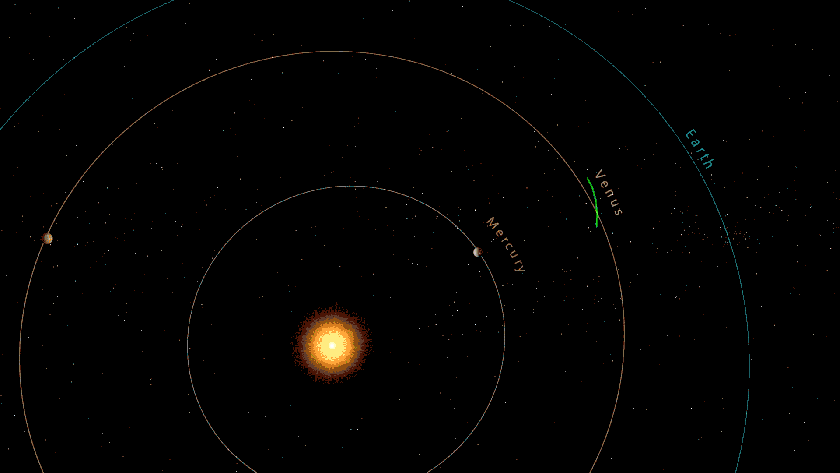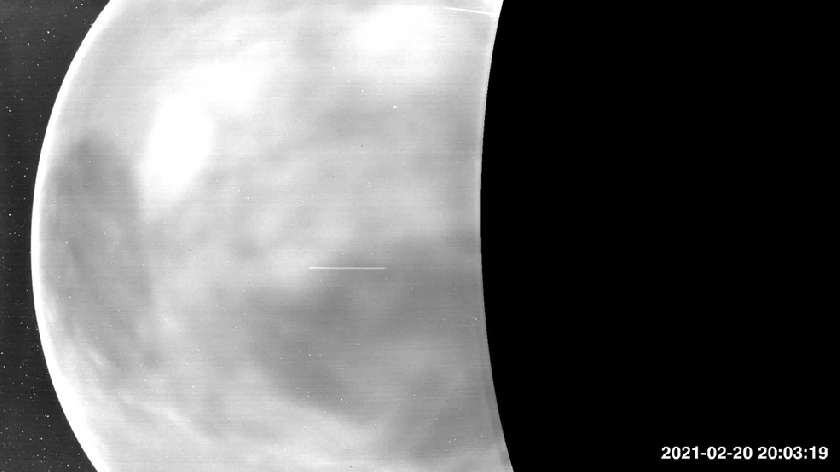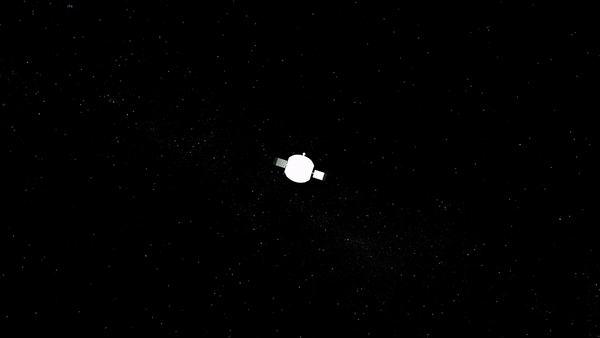NASA’s Parker Solar Probe is in good health and operating normally as it speeds toward its closest-ever flight around the Sun on Christmas Eve.
Mission operators at the Johns Hopkins Applied Physics Laboratory (APL) in Laurel, Maryland, received a beacon transmission from Parker, through NASA’s Deep Space Network complex in Canberra, Australia, at 7:20 p.m. EST today indicating all spacecraft systems were operating normally.
“This is one example of NASA’s bold missions, doing something that no one else has ever done before to answer longstanding questions about our universe,” said Arik Posner, Parker Solar Probe program scientist at NASA Headquarters in Washington. “We can’t wait to receive that first status update from the spacecraft and start receiving the science data in the coming weeks.”
Parker is now on course to fly just 3.8 million miles (around 6.1 million kilometers) from the surface of the Sun on Tuesday, Dec. 24, at 6:53 a.m. EST. During closest approach, or perihelion, mission operations will be out of contact with the spacecraft, and Parker will transmit another beacon tone on Friday, Dec. 27, to confirm its health following the close flyby.
“No human-made object has ever passed this close to a star, so Parker will truly be returning data from uncharted territory” said Nick Pinkine, Parker Solar Probe mission operations manager at APL. “We’re excited to hear back from the spacecraft when it swings back around the Sun.”
Parker Solar Probe was developed as a part of NASA’s Living With a Star program to explore aspects of the Sun-Earth system that directly affect life and society. The Living With a Star program is managed by the agency’s Goddard Space Flight Center in Greenbelt, Maryland, for NASA’s Science Mission Directorate in Washington. APL manages Parker Solar Probe for NASA and designed, built and operates the mission.
You can follow along with Parker Solar Probe’s perihelion with NASA’s Eyes on the Solar System. For more on the mission, visit NASA’s Parker Solar Probe webpage.
By Michael Buckley
Johns Hopkins Applied Physics Laboratory
NASA Media Contact: Sarah Frazier






